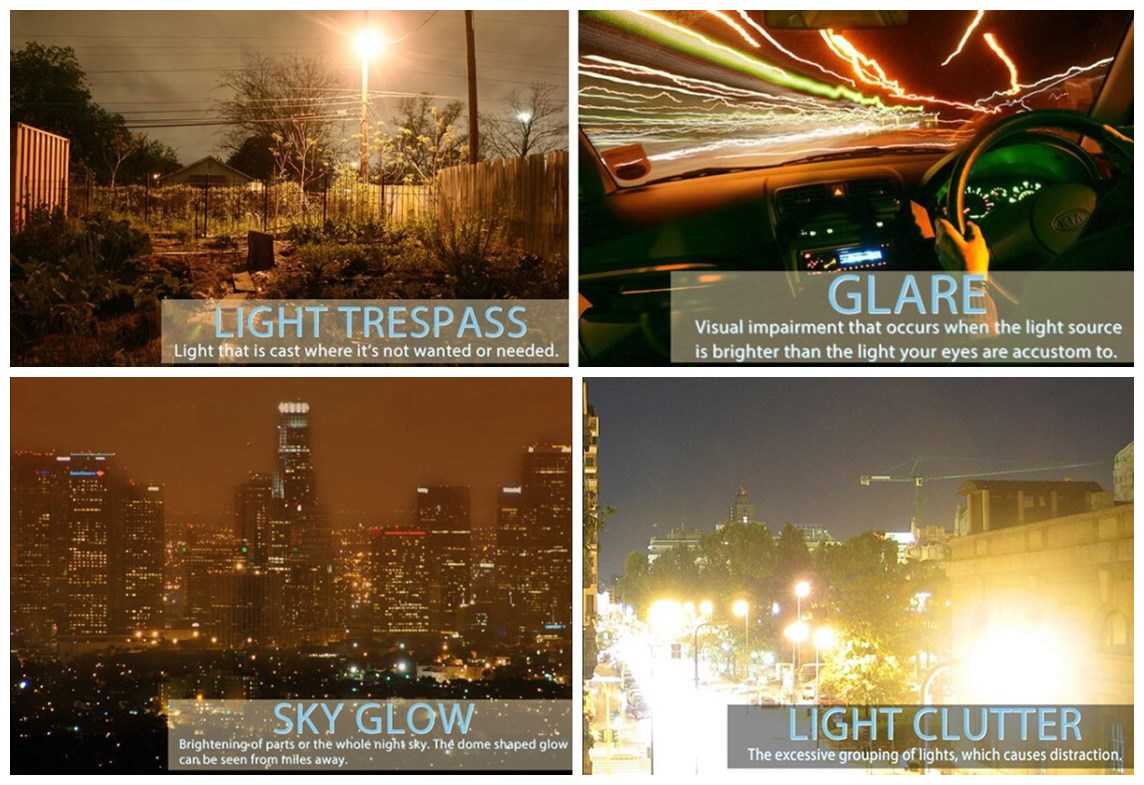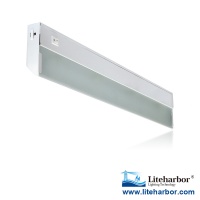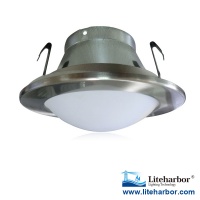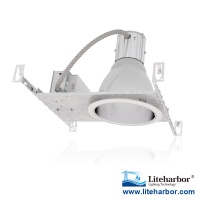How much do you know about light pollution
How much do you know about light pollution ?
Photopollution occurs in a variety of forms, including light trespass, glare, sky glow, and light clutter. One source of light can result in multiple forms of pollution. Here is how you can identify each form of light pollution.

1. Light Trespass
Light trespass, also known as spill light, occurs when a light fixture casts illumination beyond the property lines, unintentionally illuminating other homes, businesses, or areas. Spill light is the most subjective form light pollution because there are no guidelines to determine when, where, or how much light is unwanted. A common example of spill light is light from a streetlight coming through a window and illuminating a bedroom, light from outdoor wall lights that direct light up towards the sky rather than towards the ground, or light from a neighbor's floodlight or security light shining over the fence and illuminating your property.
2. Glare
Glare is the visual sensation one experiences when stray light, light in the visual field, is greater than the light to which the eyes are adapted. Glare, depending on the intensity, can result in reduced contrast, color perception, and visual performance.
Glare occurs in the following three forms:
Discomfort Glare – Discomfort glare is also known as psychological glare, and is the most common type of glare. Psychological glare occurs when lighting causes annoyance or irritation, but does not decrease visual performance and physical discomfort is short term. Reduce discomfort glare by installing a light dimmer to dim lights, such as Recessed Lights, in your home.
Disability Glare – Disability glare, also known as veiling glare, occurs when stray light scatters in the eye, producing a veil over the retina, affecting visual performance. Veiling glare reduces contrast as well as color and spatial perception, which can lead to unsafe driving conditions. Older drivers are more prone to experience disability glare while driving.
Blinding Glare – Blinding glare, also known as absolute glare or dazzle, occurs when a light source impairs the field of vision, preventing the eye from seeing anything but the light source. Visual performance may remain affected for some time well after the incident.
3. Sky Glow
Sky glow originates from natural and man-made sources; however, poorly designed and targeted artificial lights are the main cause of sky glow. Sky glow occurs when light is emitted directly into the atmosphere, accidently or purposefully, where it is scattered by dust and gas molecules, creating a dome-like orange glow that covers the night sky. The glow reduces the contrast between the stars and the galaxies in the sky, making celestial objects difficult to see even with a telescope. Light domes also affect the polarization of moonlight, which nocturnal animals use to navigate.
Glow domes are visible in cities and towns throughout the world, and they appear in a variety of sizes such as large domes over metropolitan hubs or small domes above over-illuminated commercial areas and sport complexes or stadiums. Cloud coverage, snow, trees, and the quantity of dust and gas molecules in the atmosphere can amplify sky glow.
According to the National Park Service, artificial sky glow from major cities is visible up to 200 miles away in many national parks. For example, the bright lights of Las Vegas are visible in Nevada’s Great Basin National Park, located 295 miles west of the city, and in California’s Death Valley National Park, located 118 miles west of the city. The lights are even visible in the Bryce Canyon National Park in Utah, known as one of the darkest spots in North America, located over 260 miles northeast of the city.
4. Light Clutter
Light clutter is the excessive grouping of bright lights that cause confusion and distract from oncoming or surrounding objects. Light clutter is visible on roads surrounded by unshielded street lights and brightly lit advertisements or signs. This creates a hazardous environment for drivers and pilots because it competes with traffic and navigation signals. Clutter contributes to other forms of light pollution, including light trespass, glare, and sky glow.
Website: www.liteharborfactory.com

 RESOURCE
RESOURCE





